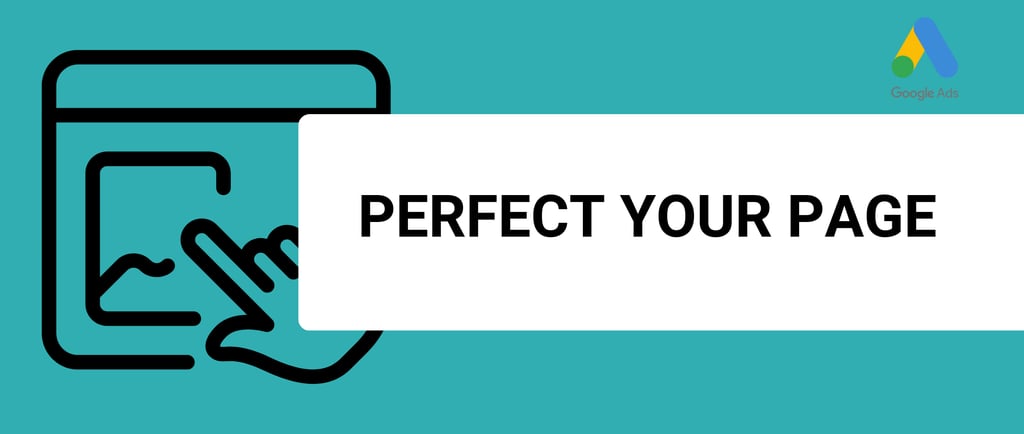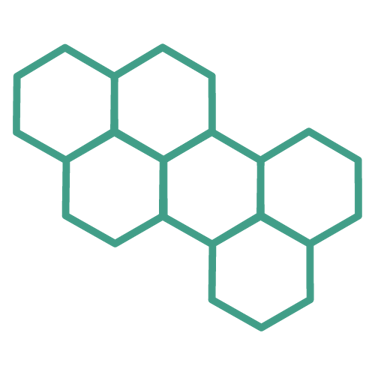Landing Page Optimization Tips to Skyrocket Conversions and Drive Revenue
Learn how landing page optimization can maximize your Google Ads success. Get practical tips to improve conversions, enhance user experience, and increase ROI.
AD COPY & CONTENT
10/9/20245 min read


In today’s highly competitive digital landscape, landing page optimization can be the key to turning traffic into conversions.
In some cases, managers may have a perfectly optimized Google Ads account that drives high-quality traffic, but poor landing page experience prevents it from converting.
Whether you're running Google Ads or organic campaigns, an optimized landing page is crucial for improving your return on investment (ROI).
But what does landing page optimization entail, and how can you maximize its potential?
In this guide, we’ll explore actionable strategies to help you optimize your landing page for higher conversions, based on real-world insights and proven techniques.
Why Landing Page Optimization is Essential for Google Ads Success
Your landing page is where the magic happens. It’s the destination where potential customers decide whether to engage or leave. If your landing page isn’t optimized, you're not just wasting clicks—you’re wasting money.
Did you know? Google assigns a Quality Score to ads, and a key factor is landing page experience. Poor landing pages can lower your Quality Score, increasing your cost per click (CPC) and reducing your ad rank. By optimizing your landing page, you’ll enhance user experience, improve your Quality Score, and see better ad performance.
Key Elements of a High-Converting Landing Page
1. Clear Value Proposition
Visitors should instantly know what you're offering and how it benefits them. Your value proposition should be the first thing they see. Keep it concise and compelling, addressing their pain points.
2. FOMO & Urgency Triggers
Create urgency with limited-time offers or scarcity cues. Example: "Get 20% off, only available for the next 24 hours!" The fear of missing out (FOMO) is a powerful motivator for action.
3. Simple, Intuitive Design
Your landing page should be easy to navigate. Remove distractions, simplify the layout, and guide users toward the call-to-action (CTA). An overly complicated page confuses visitors, reducing the chance of conversions.
4. Consistency Across Channels
If your Google Ads promise one thing, but your landing page delivers something else, users will leave. Consistent messaging builds trust and keeps users engaged.
Common Landing Page Mistakes That Hurt Conversions
1. Slow Loading Times
Users today expect websites to load fast. According to Google, 53% of mobile users abandon a site if it takes longer than 3 seconds to load. Speed matters not just for user experience but also for SEO.
2. Poor Mobile Optimization
The majority of searches—58% of all global web traffic—now come from mobile devices (Source: Broadband Seach). If your landing page isn’t optimized for mobile, you're potentially losing over half of your audience.
3. Too Many CTAs
A cluttered landing page with too many calls-to-action confuses visitors. Instead, focus on one primary action you want them to take, like filling out a form or clicking a button.
Practical Landing Page Optimization Tips You Can Implement Today
1. User Testing for Insights
User testing reveals how real visitors interact with your page. Tools like Hotjar or Google Optimize can show you where users are clicking and how they navigate. With these insights, you can adjust your layout and content for better engagement.
2. Use of Trust Signals
Adding testimonials, reviews, and guarantees builds credibility and reassures users. People are more likely to convert when they see that others have had a positive experience with your product or service.
3. Optimize for Speed
Compress images, use browser caching, and minimize code to improve page load times. For mobile users, a fast-loading page is critical for keeping them on your site.
Case Study: Real-World Example of Landing Page Optimization Success
A local e-commerce business saw a 42% increase in conversions after making a few key changes to their landing page:
Simplified the design to focus on one CTA.
Added customer testimonials near the CTA to build trust.
Switched their CTA button color to red, which led to a conversion boost. Fun Fact: Studies show that red buttons can increase conversion rates by up to 21% (Source: CXL).
By focusing on these improvements, they not only increased their Quality Score but also reduced their Google Ads costs while maintaining high conversion rates.
Addressing Common Objections to Using Landing Page Optimization
1. “Is It Worth the Investment?”
Many business owners hesitate to invest in landing page optimization, assuming it’s only for high-traffic sites. However, small changes can lead to big results. A/B testing different headlines, images, or CTA placements can improve conversion rates with minimal traffic.
2. “I Don’t Have Enough Traffic to Test”
Even with lower traffic, you can still run effective A/B tests. Prioritize testing elements like the CTA button or headline, which can have an immediate impact on conversions.
3. “It’s Too Complicated”
Landing page optimization may seem complex, but breaking it into smaller steps—such as focusing first on mobile optimization, then on messaging—can make the process manageable.
Consistent Branding and Messaging Across Your Funnel
Consistency is crucial to keeping users engaged. If your Google Ad promises a “free consultation,” but your landing page says “sign up for a demo,” you create confusion. This inconsistency increases bounce rates and reduces trust.
Ensure your landing page:
Uses the same tone and messaging as your ads.
Follows consistent branding elements, like logos and colors.
The Role of Visuals in Landing Page Optimization
1. Simple, High-Quality Images
Visuals play a huge role in user engagement. Use professional, high-quality images that relate to your product or service. Avoid stock images that feel disconnected from your brand.
2. Strategic Image Placement
Place key visuals—like product images or a hero shot—above the fold, where they are immediately visible. This keeps visitors engaged from the moment they land on your page.
3. Video Content
Short, engaging videos can increase conversion rates. A video explaining your product or service can provide clarity and engage users, especially those who prefer visual content over text.
Benefits of Landing Page Optimization for Google Ads ROI
Landing page optimization can lead to:
Improved Quality Score: A well-optimized page results in better ad performance, higher ad ranks, and lower CPC. The better the user experience on your website, the more likely Google will prioritize your ads in the Auction.
Higher Conversion Rates: An improved user experience translates into more conversions.
Lower Bounce Rates: By meeting user expectations, you keep visitors on your site longer, reducing bounce rates and improving engagement.
How to Use Data to Continuously Improve Landing Page Performance
1. A/B Testing
Test different elements—like headlines, button colors, or images—to see what resonates best with your audience. Example: Testing a red CTA button vs. a green one could reveal that one color significantly boosts conversions.
2. Heatmaps and Analytics
Use heatmaps to track where users click most on your page. This can help you reposition important elements—like CTAs or forms—in high-engagement areas.
3. Ongoing Iteration
Landing page optimization isn’t a one-time task. Continuously test, gather data, and iterate to ensure long-term performance improvements.
Mobile-First Design: Optimizing Landing Pages for Every Device
Given that 58% of web traffic comes from mobile, a mobile-optimized landing page is non-negotiable. Ensure:
Responsive design that adapts to different screen sizes.
Clickable buttons and easy-to-read fonts for small screens.
Fast load times, as mobile users tend to abandon slow-loading sites.
The Power of Strong CTAs in Landing Page Optimization
1. Action-Oriented Language
Your CTA should compel users to act. Use clear, actionable phrases like “Get Your Free Consultation Now” or “Start Saving Today.”
2. Strategic Placement
Place your CTA where users can’t miss it—preferably above the fold or after a compelling value proposition.
3. Creating Urgency
Adding urgency, like “Limited Time Offer,” can prompt users to act quickly. Scarcity and time-limited deals create a sense of FOMO that drives immediate conversions.
Conclusion: Why Landing Page Optimization is Key to Long-Term Google Ads Success
Landing page optimization is essential for improving both conversion rates and your Google Ads ROI.
By focusing on key elements—like a clear value proposition, FOMO triggers, mobile optimization, and strong CTAs—you can significantly enhance user experience and conversions.
Start optimizing your landing page today, and watch your Google Ads campaigns perform better than ever.
CONTACTS
incomewithdigitalmarketing@gmail.com
BOOK WITH US
SERVICES
Google Ads Assisstance
Google Analytics Setup
Google My Business Management
